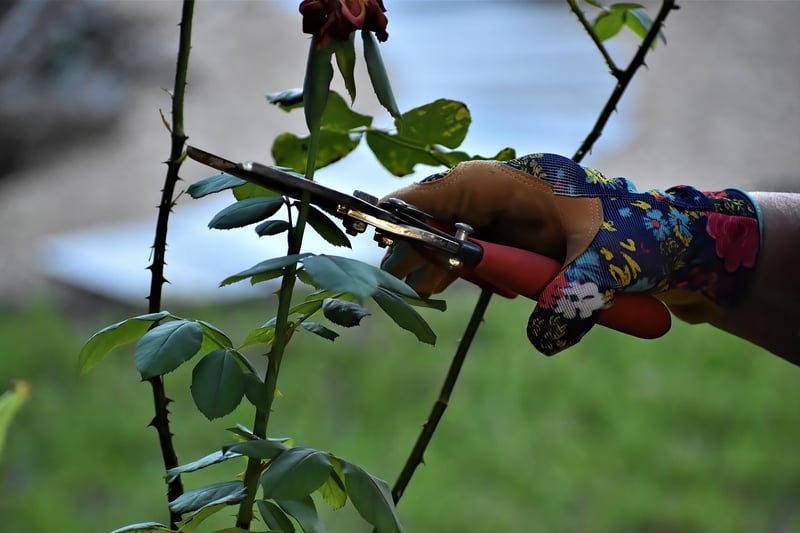Pruning Techniques
Essential Plant Maintenance Tips and Pruning Techniques
The Importance of Plant Maintenance
Proper plant maintenance is crucial for ensuring the health and longevity of your garden. Regular maintenance not only enhances the aesthetic appeal of your plants but also promotes growth and reduces the risk of diseases.
Plant Maintenance Tips
- Water your plants regularly, ensuring they receive the right amount of water based on their specific needs.
- Monitor for pests and diseases, and take appropriate action promptly to prevent further damage.
- Remove weeds regularly to reduce competition for nutrients and prevent them from spreading.
- Provide adequate sunlight by placing plants in locations where they can receive the required amount of light.
- Fertilize plants as needed, following recommendations for specific plant types.
Pruning Techniques
Pruning is an essential part of plant maintenance that involves the selective removal of certain parts of a plant to improve its structure, health, or appearance. Here are some pruning techniques to keep in mind:
1. Deadheading
Remove faded or dead flowers to encourage new growth and prolong the blooming period.
2. Thinning
Thin out overcrowded branches to improve air circulation and allow sunlight to reach inner parts of the plant.
3. Heading Back
Cut back the tips of branches to encourage bushier growth and create a fuller plant shape.
4. Rejuvenation Pruning
Perform rejuvenation pruning on older plants by cutting them back severely to stimulate new growth.
Conclusion
By following these plant maintenance tips and pruning techniques, you can ensure that your garden remains healthy, vibrant, and visually appealing throughout the year.

For more detailed guidance on plant maintenance and pruning techniques, consult with local gardening experts or refer to reputable gardening resources.
